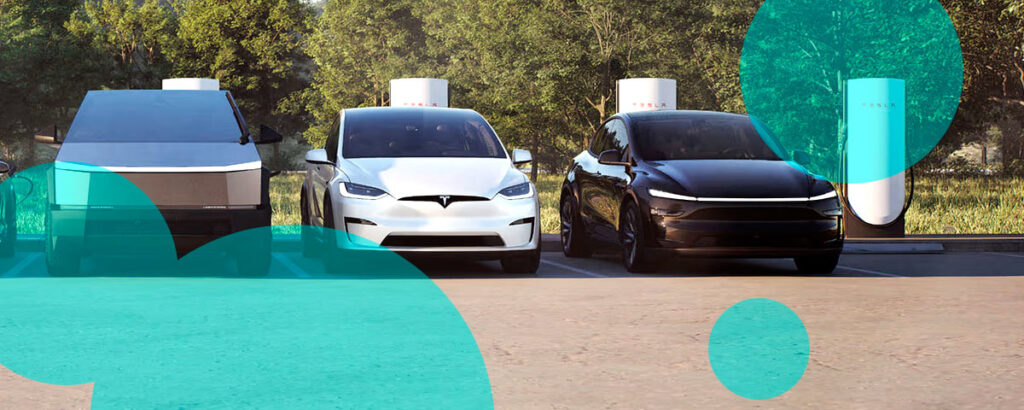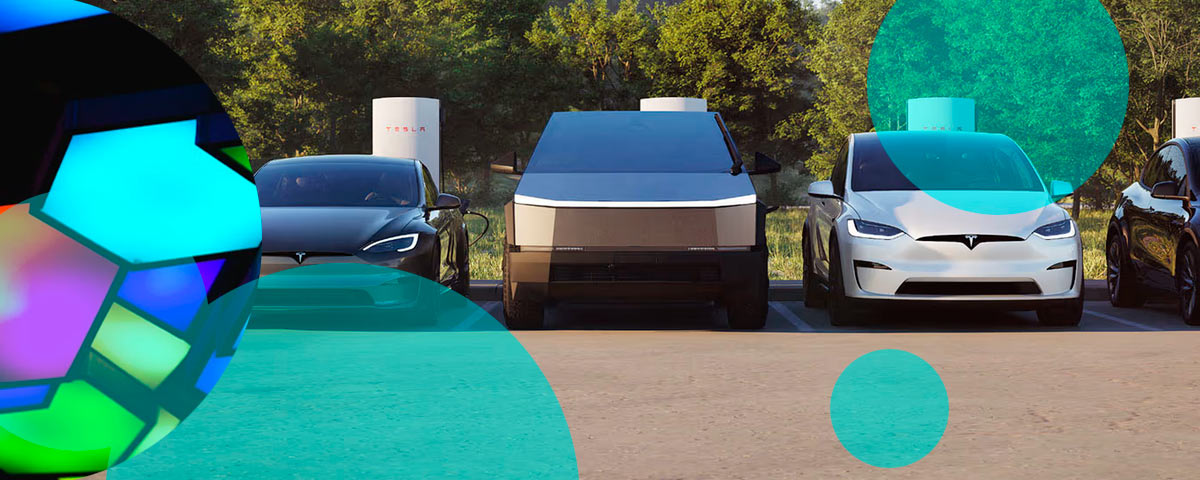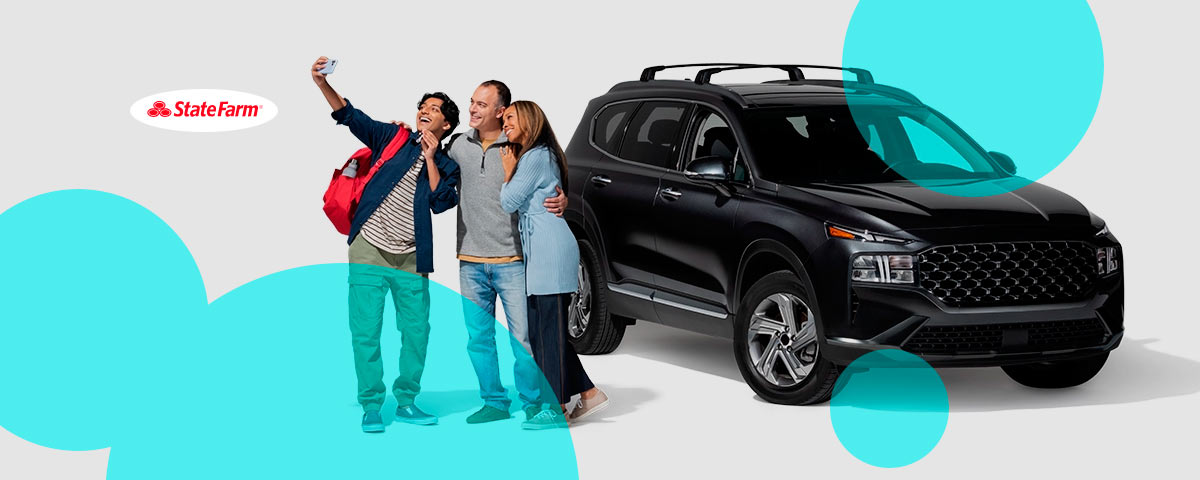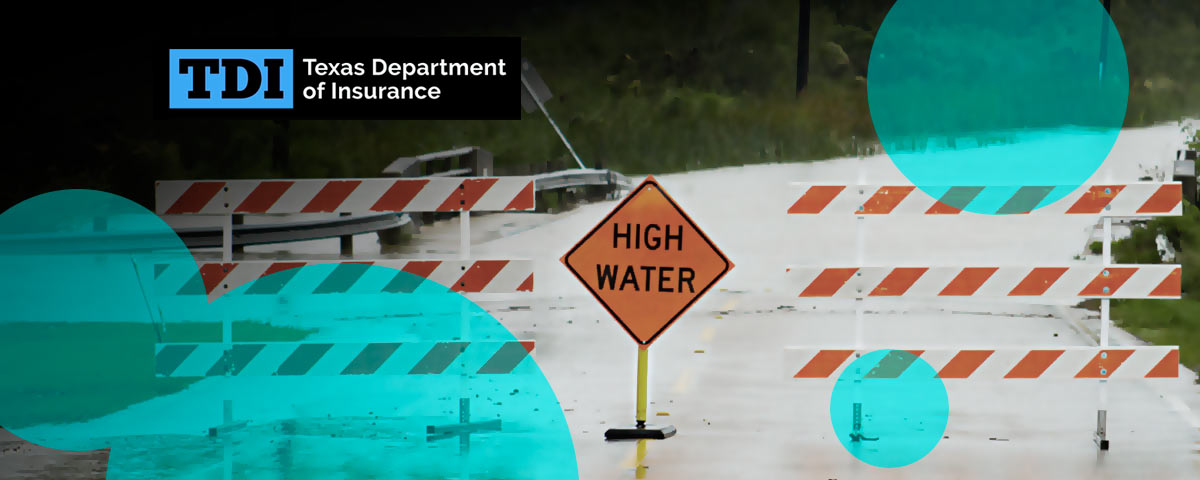Tesla Insurance ties premiums to behavior with Safety Score 2.2, which recalculates every month based on measured driving and miles.
Premiums can swing as much as +50% or -50% per vehicle, so clean weeks matter and bad ones bite. Owners see inputs in the app.
We think the feedback loop nudges risk down, though results will vary by route mix and traffic.
Florida sits next. Tesla filed to update its Private Passenger Auto insurance program with an effective date in Dec 2025. The company first filed in 2022, then waited out the state’s tough market.
If regulators clear it, Florida becomes one of Tesla’s highest-stakes entries thanks to claim severity and fraud pressure. Honestly, huge.
Coverage today spans 12 states. Arizona, California, Colorado, Illinois, Maryland, Minnesota, Nevada, Ohio, Oregon, Texas, Utah, Virginia. California doesn’t offer real-time scoring, the rest do. Maybe more get added as filings land.
The Florida filing outlines a group rate for Tesla employees. The program runs on a monthly pay plan with no installment fees, which trims carrying costs for policyholders.
Straightforward, no gotchas noted in that doc. According to our analysts, that setup also improves retention since customers avoid semiannual bill shock.

Who underwrites what depends on state. Tesla now writes through its own admitted carriers in several markets while still partnering in others.
Corporate filings show Tesla Insurance Holdings controls Tesla Insurance Company, Tesla Property & Casualty, and Tesla General Insurance.
Sub acquisition dates and name changes point to a build-out of in-house capability, not just a sticker on someone else’s paper.
Regulatory heat exists. California’s Department of Insurance recently accused Tesla Insurance and partner carriers of mishandling claims and warned of penalties if issues persist.
That scrutiny could influence how fast new states approve program tweaks or expansions. Tough but fixable with process and staffing.
Macro context matters too. U.S. insurers still wrangle EV repair costs and parts cycles, and some third-party carriers juggle Cybertruck underwriting rules or move certain risks to commercial forms.
Tesla’s pitch – price to real, near-term behavior – aims to counter those headwinds with fresher data.
According to our data, fast feedback plus OEM repair networks often shorten claim tails when execution lands.
Internationally, Tesla registered an insurance brokerage in China with registered capital near $6.92 mn. That move signals interest in direct distribution where regulators allow it.
If the model scales abroad, learnings could loop back into U.S. filings, including Florida. Wild card, but worth tracking.
Operationally, customers quote and bind in the Tesla app, manage claims there, or call support.
That app-first flow reduces friction and keeps telemetry close to pricing. Small detail, big throughput gain on busy Mondays.
Tesla pushes a data-heavy insurance program that rewards smoother driving and consistent mileage patterns.
Florida approval would test the model in one of the hardest auto markets in the U.S. If it works there, it can work almost anywhere.









